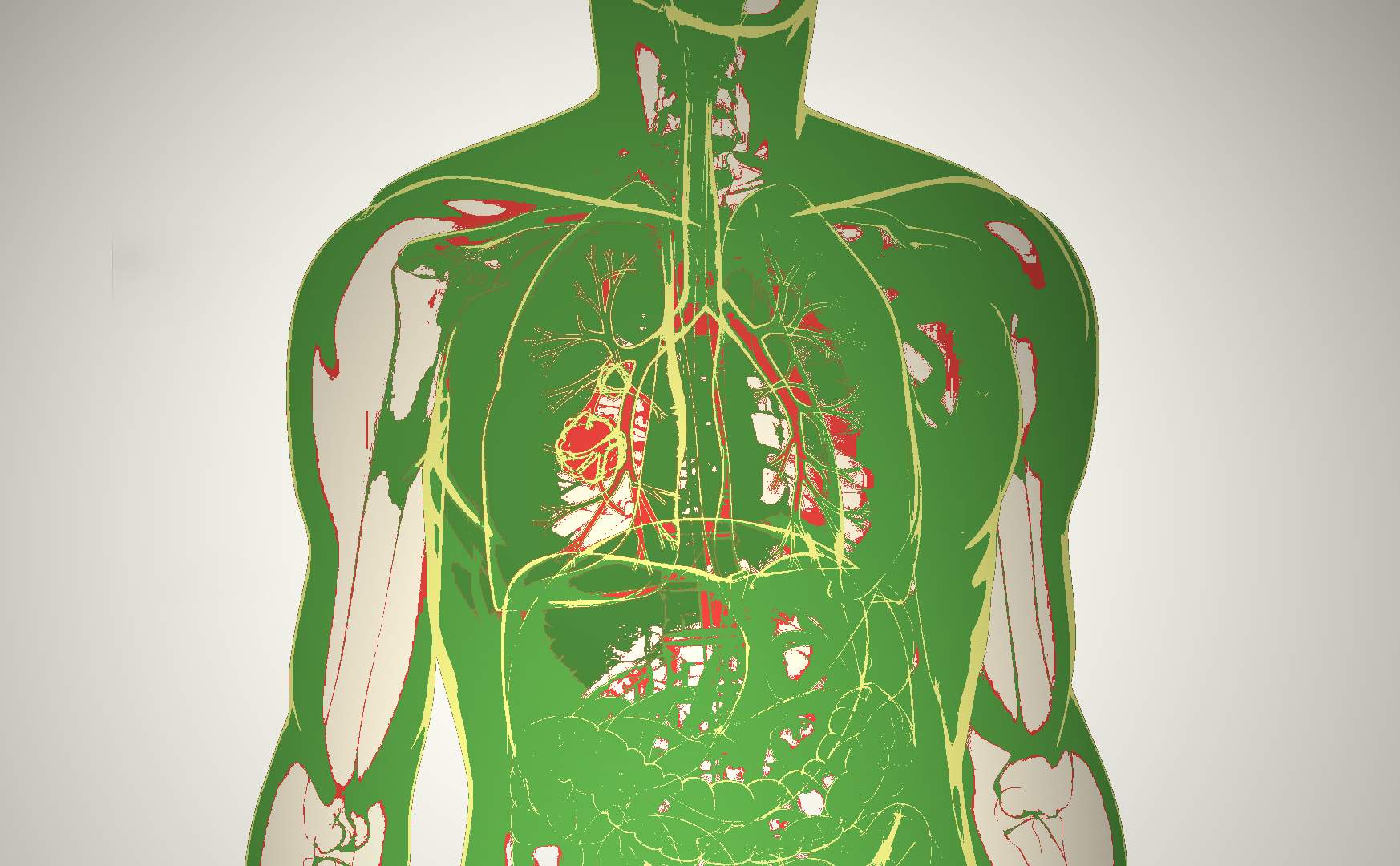
Aim: Identify inpatient stays that might often be treated as outpatients.
Cases: A hospital stay is more or less justified, if there is at least one diagnosis “sometimes” justifying a hospitalization (Diagnoses) and none of the following conditions:
- at least one diagnosis requiring “almost always” a hospitalization (Diagnoses);
- more than two vital organ failures among the following systems: respiratory (chronic respiratory failure), cerebral (degenerative disease of brain, dementia), cardiac (heart failure), hepatic (liver cirrhosis), hematologic (coagulation disorders), renal (chronic nephropathy, end stage renal disease);
- cardiac dysrhythmia with cardiac failure;
- hallucination or delirium, except if the patient lives in a nursing home;
- pneumonia among children (less than 7 years old) in presence of significant comorbidities (cardiac congenital malformation, heart failure, other disease of large vessels, interstitial pulmonary disease, acquired immunodeficiency syndrome, other immune disorder).
This definition is the same as for unjustified stays, but with additional diagnoses corresponding to conditions that are usually managed on an ambulatory setting, but sometimes justifying a hospital stay, depending on the severity of the illness: heart failure, cardiac dysrhythmia, chronic respiratory failure, chronic nephropathy, skin ulcer, eye infection for instance. If there is any more severe condition “almost always” justifying a hospitalization (collapse, severe hypertension, acute respiratory failure, etc.) even if coded as secondary diagnosis, the stay is considered “justified”.
Eligible stays: Essentially stays in medicine or pediatrics. Hospitalizations for a surgical intervention requiring a surgical theater (with “yes” or “one day” in procedures list), with chemo-, radiotherapy or elective alcoholic withdrawals (Z502 diagnostic or 9462 procedure codes), or related to obstetrics (delivery, abortion) are excluded. Patients admitted and discharged the same day, and patients admitted after 6 PM and discharged the next day are also excluded, considering that some time might be required to exclude severe diagnoses (meningitis or cerebral attack for example). Newborn (less than one year) are excluded, since it is difficult to evaluate the prognosis from minimal data set.
Output files: The results are given globally in MoreLessJustifiedStays.xlsx Excel file. Detailed results are given per hospital stay in Eligible_cases.txt file. The review tool provides detailed information about all more or less justified stays.
Interpretation: The interpretation is similar than for unjustified stays, except that the diseases considered are more severe. We recommend to use the same list of causes of admission:
| A. Conditions related to hospitals | |
| A1. Monitoring for suspicion of serious illness | |
| A2 Programmed operation not performed | |
| B. Conditions related to impossible care at home | |
| B1. Treatment of pain | |
| B2. Lack of security at home | |
| B3. Remoteness of patient’s reisdence | |
| B4. Specialized skills not available in ambulatory setting | |
| B5. Wound dressing or care | |
| B6. IV antibiotherapy | |
| B7. Pareneral nutrition | |
| B8. Other | |
| C. Conditions related to patients | |
| C1. Lack of compliance of the patient | |
| C2. Bedridden or very fragile patient | |
| C3. Lack of compliance of the patient | |
| C4. Isolation of immune-suppressed patient | |
| D. Unknown cause | |
| D1. Severity of the illness unknown D2. Unknown | |
| D2. Unknown | |
Strength of the indicator: This indicator provides interesting leads for planning hospital beds reduction by strengthening community care. Some stays might be prevented by emphasizing a closer collaboration with ambulatory care providers (specialists and generalists, home care), by teaching adequate self-care or care by caregivers (BPCO, heart failure for instance), or by opening nursing beds to monitor vital signs with a medical supervision from the ambulatory physician. This indicator can provide an estimation of the potential move from in- to outpatient care.
Limitation: Medical statistics do not always provide precise enough information about the severity of the illness and there are about 15% to 30% of false positives (patients screened by this tool while actually needing an hospitalization).
